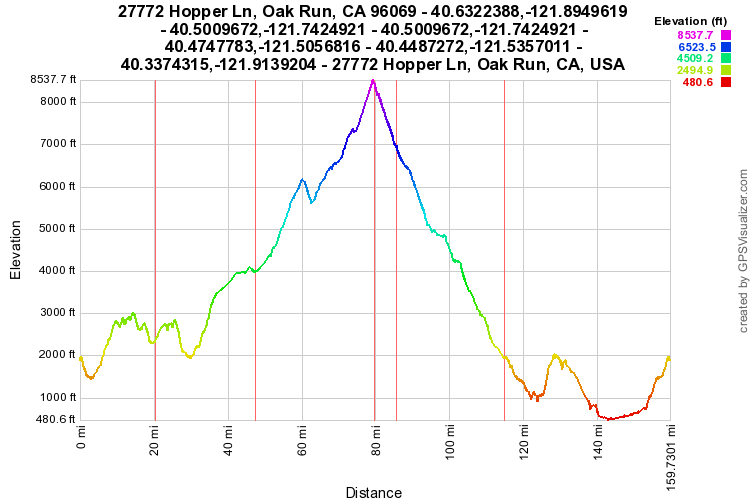Stoaty said:
Who would want to stop twice as often to charge (Ioniq)?.. .
No reason you have to.
As has been pointed out previously, the Bolt's poor freeway efficiency and early charge taper (reportedly dropping to ~35 kW at ~54% charge, and only ~25 kW at ~70% charge) means the Bolt needs to recharge every 75 to 125 miles to travel long distances as quickly as possible.
Driving an Ioniq, you would want to stop every 75 to 100 miles to accomplish the same objective, probably one more recharge stop over a whole day's driving.
Watch Bjørn Nyland's video below.
Using only the lower-kW DC sites available in the USA today, the same ~20 kWh of charge should take close to 30 minutes.
edatoakrun said:
~20 kWh charge accepted in ~19 minutes.
Slowly increases from ~60 kW to ~70 kW (perhaps due in part to pack warming?) until charge rate begins to taper after reaching > 75% capacity.
Charging Hyundai Ioniq on 100 kW CCS
Bjørn Nyland
Published on Jan 16, 2017
Hyundai Ioniq supports up to 70 kW via the CCS plug. I tested this on a 100 kW Delta charger at Vestby, Norway last night. Peak power was 69.3 which was pretty close.
https://www.youtube.com/watch?v=wb3gJ8fWW5g
Hyundai Ioniq BEV, hybrid, and PHEV.
http://www.mynissanleaf.com/viewtopic.php?f=10&t=21136&start=90
"Stoaty"...A longer stop with the Bolt would be more conducive to getting a meal...
Well,
if you prefer to wait longer for charging, on long trips, I suppose the bolt may be the BEV you want...
"Stoaty"... I drive 140 miles round trip most weekends with a lot of elevation gain. The Bolt would handle that easily. I would have to charge the Ioniq...
Maybe not.
Depends primarily on how fast you drive. Total ascent and descent have relatively little effect on BEV range, and will have considerably less effect on the lighter Ioniq, than it does on a LEAF.
I posted back in 2015 why a ~27 kWh available LEAF could make my regular ~161 mile ~13,600 ft. total ascent/descent trip on one charge, and the Ioniq's superior efficiency and available battery capacity when compared to the LEAF should make it considerably easier.
I'd expect an Ioniq would probably make the same trip using only about 22 kWh, meaning I'd have ~6 kWh remaining in my initial charge, so I could drive faster (or further) without a recharge, if I wanted to.
="edatoakrun"
Some more info for anyone wanting to plan a drive up to Lassen next year.
I estimate my LEAF used ~22.7 actual kWh to reach the ~8,500 ft. Lassen Peak lot, and ~25.2 actual kWh to make the entire ~161 mile ~13,600 ft. total ascent/descent trip, when I last drove this route on 8/19/15.
Which is why I would have needed to recharge en-route back in 2011, when My LEAF had ~21 actual kWh available, and need to even more so now, (~4.5 years and ~41,000 miles later) since my pack now only has ~18 kWh available to turtle.
I expect the 30 kWh pack probably has ~27 kWh available, so I'd probably be able to make ~the same trip at ~the same speeds on a single charge, in a 2016 SV or SL...
 Lassen Peak trip
Lassen Peak trip
http://www.mynissanleaf.com/viewtopic.php?f=31&t=5022&start=10
"Stoaty"...Note to self: longer range is better
That seems to be the simplistic thinking GM is counting on to sell overpriced, overweight, and inefficient Bolts...


